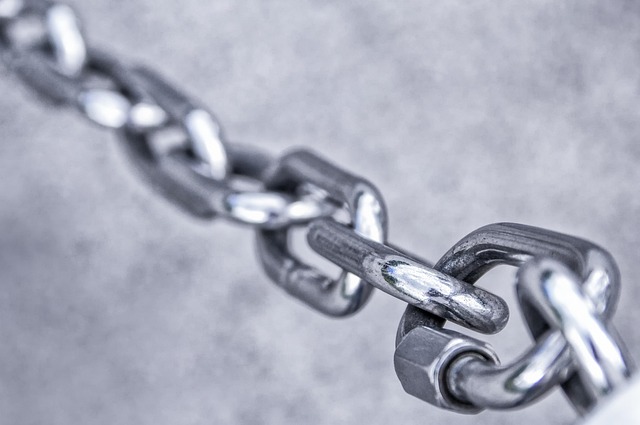Data protection checks are essential evaluations that safeguard personal information, ensuring organizations comply with regulations like GDPR or CCPA. These audits assess data handling practices, security measures, and legal adherence, identifying violations, protecting sensitive data, and maintaining public trust. Regular checks proactively mitigate risks, prevent data breaches, and promote secure, transparent data handling, fostering accountability within companies. By scrutinizing access patterns, ensuring encryption, implementing robust logging, and training employees, organizations can uncover and address potential privacy issues through clear communication of violation findings to appropriate authorities.
In today’s digital landscape, understanding data protection checks is paramount for safeguarding personal privacy. These checks ensure that sensitive information is handled securely and transparently. This article guides you through the intricacies of identifying privacy violations during data protection checks, empowering you to recognize red flags in data handling practices. We’ll walk you through the reporting process, equipping you with steps to effectively communicate serious issues, fostering a culture of accountability and compliance.
- Understanding Data Protection Checks: What They Entail and Why They Matter
- Identifying Privacy Violations: Recognizing Red Flags in Data Handling
- The Reporting Process: Steps to Effectively Communicate Serious Issues
Understanding Data Protection Checks: What They Entail and Why They Matter

Data protection checks are essential procedures designed to safeguard personal information and ensure compliance with privacy regulations. These checks involve thorough evaluations of organizations’ data handling practices, security measures, and adherence to legal frameworks like GDPR or CCPA. They encompass a wide range of activities, from auditing data collection methods to verifying the implementation of robust security protocols.
The significance of these checks lies in their ability to identify potential privacy violations, protect sensitive data, and maintain public trust. By regularly conducting such assessments, organizations can mitigate risks, prevent data breaches, and ensure that personal information is handled securely and transparently. This proactive approach not only safeguards individuals’ rights but also fosters a culture of accountability and integrity within companies.
Identifying Privacy Violations: Recognizing Red Flags in Data Handling

Privacy violations can often be subtle, hidden within complex data handling processes. As such, conducting thorough data protection checks is essential to identify potential red flags. Keep an eye out for unusual access patterns or unauthorized disclosures of sensitive information. For instance, if a system allows non-essential personnel access to personal data without proper justification, it could indicate a violation.
Additionally, look for lack of encryption for data in transit and at rest, as well as inadequate logging and monitoring practices. These are common areas where privacy standards may be overlooked or intentionally bypassed. Regular audits and employee training can help foster a culture of data responsibility, ensuring that everyone involved understands the importance of protecting personal information.
The Reporting Process: Steps to Effectively Communicate Serious Issues

When reporting privacy violations uncovered through data protection checks, clear and concise communication is key. The process begins with identifying the specific violation—be it unauthorized data access, inadequate security measures, or non-compliance with data retention policies. Document all relevant details meticulously, including the nature of the breach, its potential impact on individuals’ privacy, and any evidence supporting your claim.
Next, report the issue to the appropriate authority or individual responsible for handling such matters within your organization. Use a structured format to convey your findings—include a brief summary of the violation, the affected data or systems, and any recommended corrective actions. Effective reporting also involves providing context and explaining why the violation is considered serious. Ensure your communication is timely, as prompt action can help mitigate potential harm and demonstrate your commitment to upholding data protection standards.
